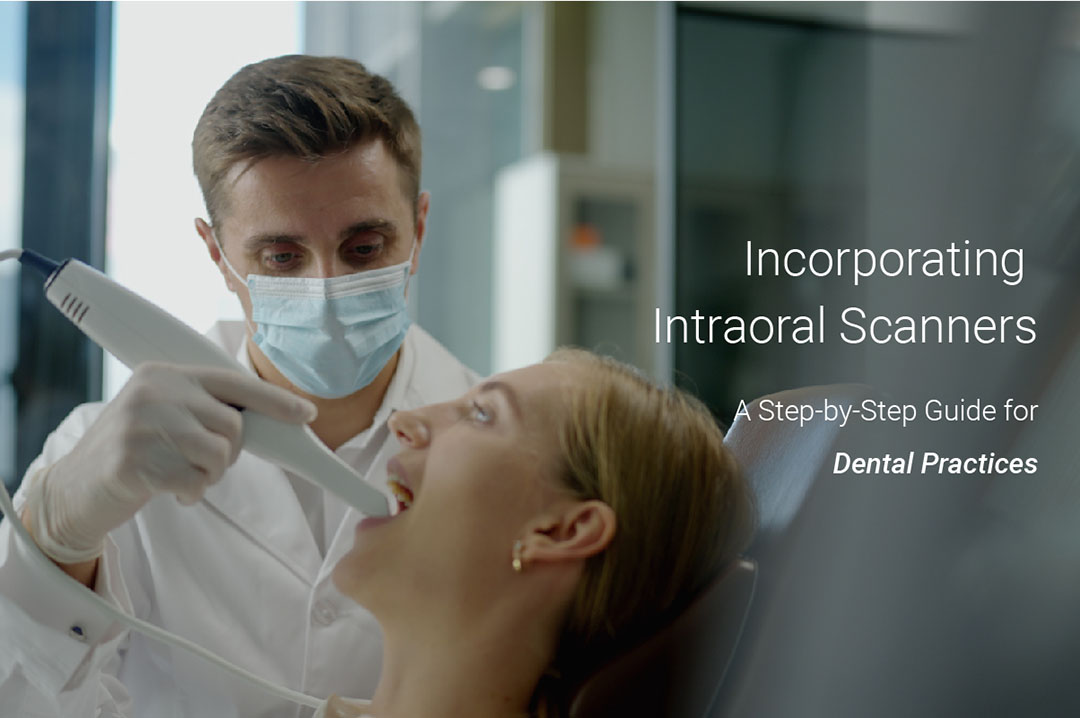The dental industry is continuously evolving, with new technologies and techniques emerging to improve patient care and streamline dental procedures. One such innovation is the intraoral scanner, a cutting-edge tool that is transforming the way dentists take dental impressions. In this step-by-step guide, we will explore the process of incorporating intraoral scanners into your dental practice, from selecting the right scanner to training your staff and optimizing your workflow.
Step 1: Research and Select the Right Intraoral Scanner
Before integrating an intraoral scanner into your practice, it's essential to research the various options available on the market. Consider factors such as accuracy, speed, ease of use, compatibility with your existing software and equipment, and overall cost. Read reviews, attend dental conferences, and consult with colleagues to gather insights and make an informed decision.
Step 2: Assess Your Practice's Needs and Budget
Evaluate your practice's specific needs and budget to determine the best approach for incorporating an intraoral scanner. Consider the volume of patients you see, the types of procedures you perform, and the potential return on investment. Keep in mind that while the initial cost of an intraoral scanner may be significant, the long-term benefits, such as increased efficiency and improved patient satisfaction, can outweigh the upfront expense.
Step 3: Train Your Staff
Once you've selected the right intraoral scanner for your practice, it's crucial to ensure that your staff is adequately trained in its use. Many manufacturers offer training programs, either in-person or online, to help your team become proficient with the new technology. Encourage your staff to practice using the scanner on each other or on dental models to build confidence and competence.
Step 4: Optimize Your Workflow
Integrating an intraoral scanner into your practice may require adjustments to your existing workflow. Consider how the scanner will fit into your current processes, such as patient check-in, treatment planning, and follow-up appointments. Develop a clear protocol for using the scanner, including when to use it, how to store and manage digital files, and how to communicate with dental labs or other specialists.
Step 5: Educate Your Patients
Incorporating an intraoral scanner can also enhance your patients' experience, so it's essential to educate them about the benefits of this technology. Explain how the scanner works, its advantages over traditional impression methods, and how it can lead to more accurate and comfortable dental treatments. By informing your patients, you can help alleviate any concerns and build trust in your practice's commitment to providing the best possible care.
Step 6: Monitor and Evaluate Your Progress
After implementing the intraoral scanner into your practice, regularly monitor and evaluate its impact on your workflow, patient satisfaction, and overall efficiency. Gather feedback from your staff and patients to identify any areas for improvement and make necessary adjustments. Stay up-to-date with the latest advancements in intraoral scanner technology to ensure your practice remains at the forefront of dental innovation.
Incorporating an intraoral scanner into your dental practice can be a game-changer, offering numerous benefits for both your patients and your practice. By following this step-by-step guide, you can successfully integrate this cutting-edge technology into your workflow, enhancing the quality of care you provide and setting your practice apart from the competition.
Post time: May-11-2023






